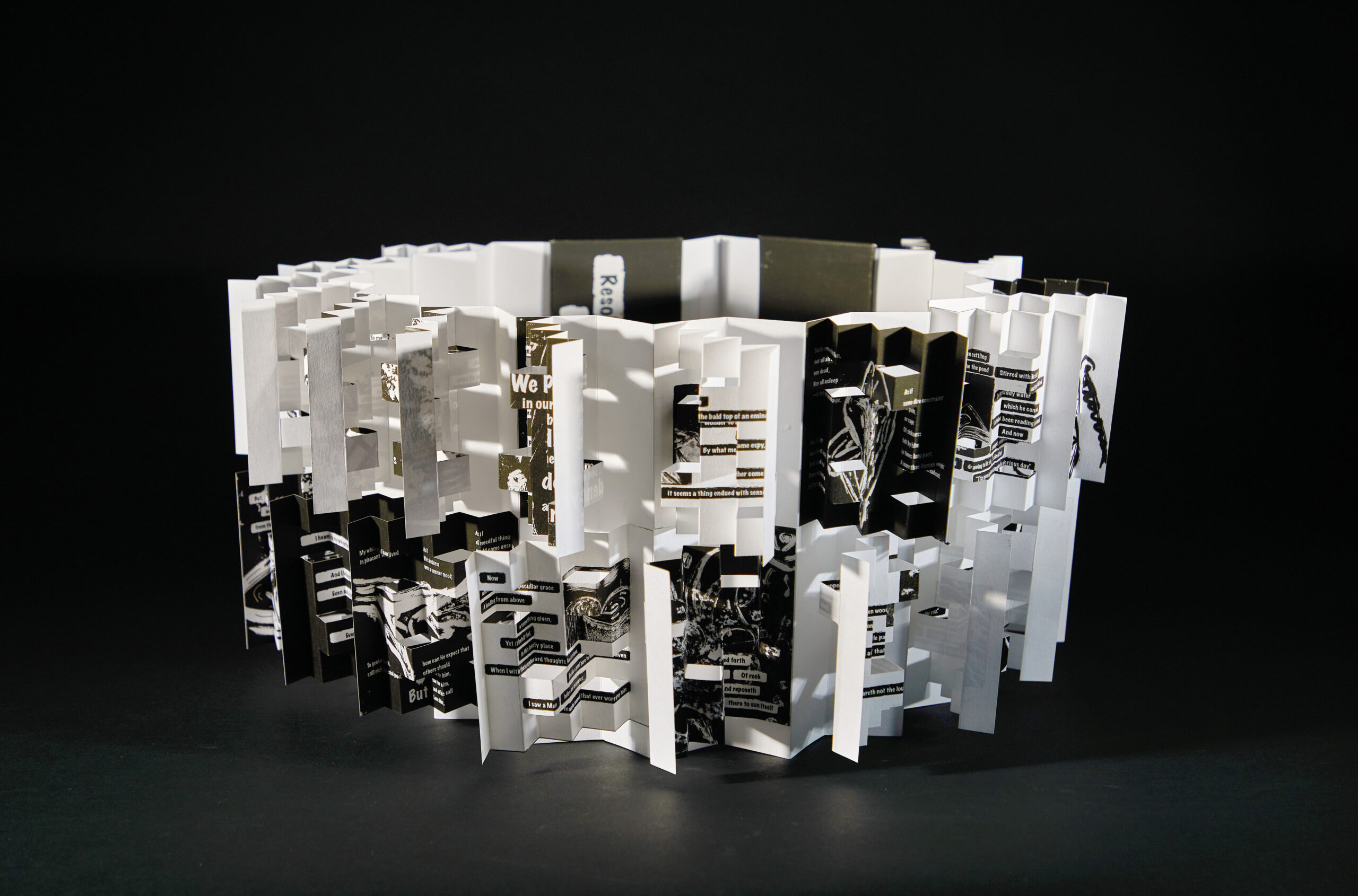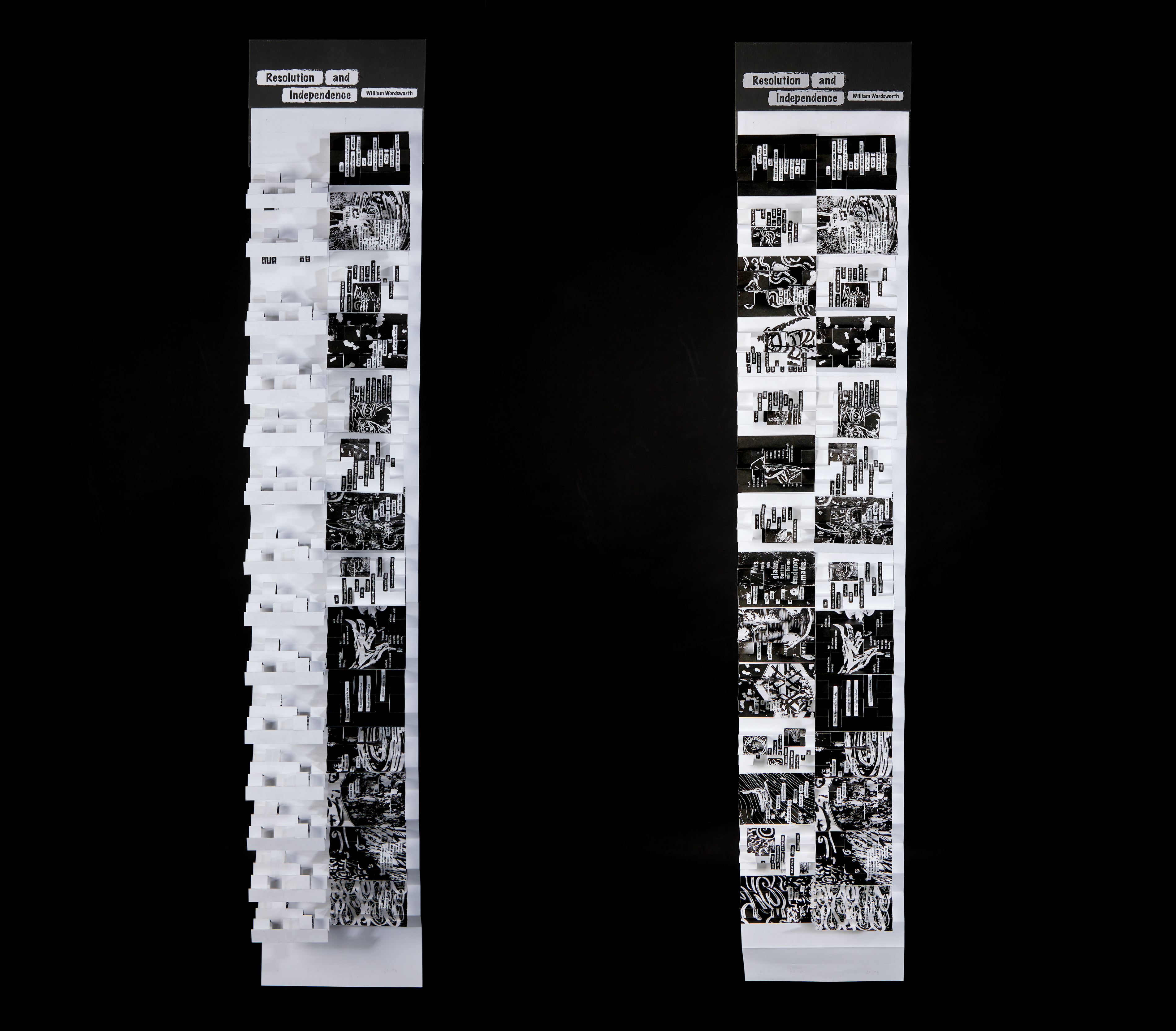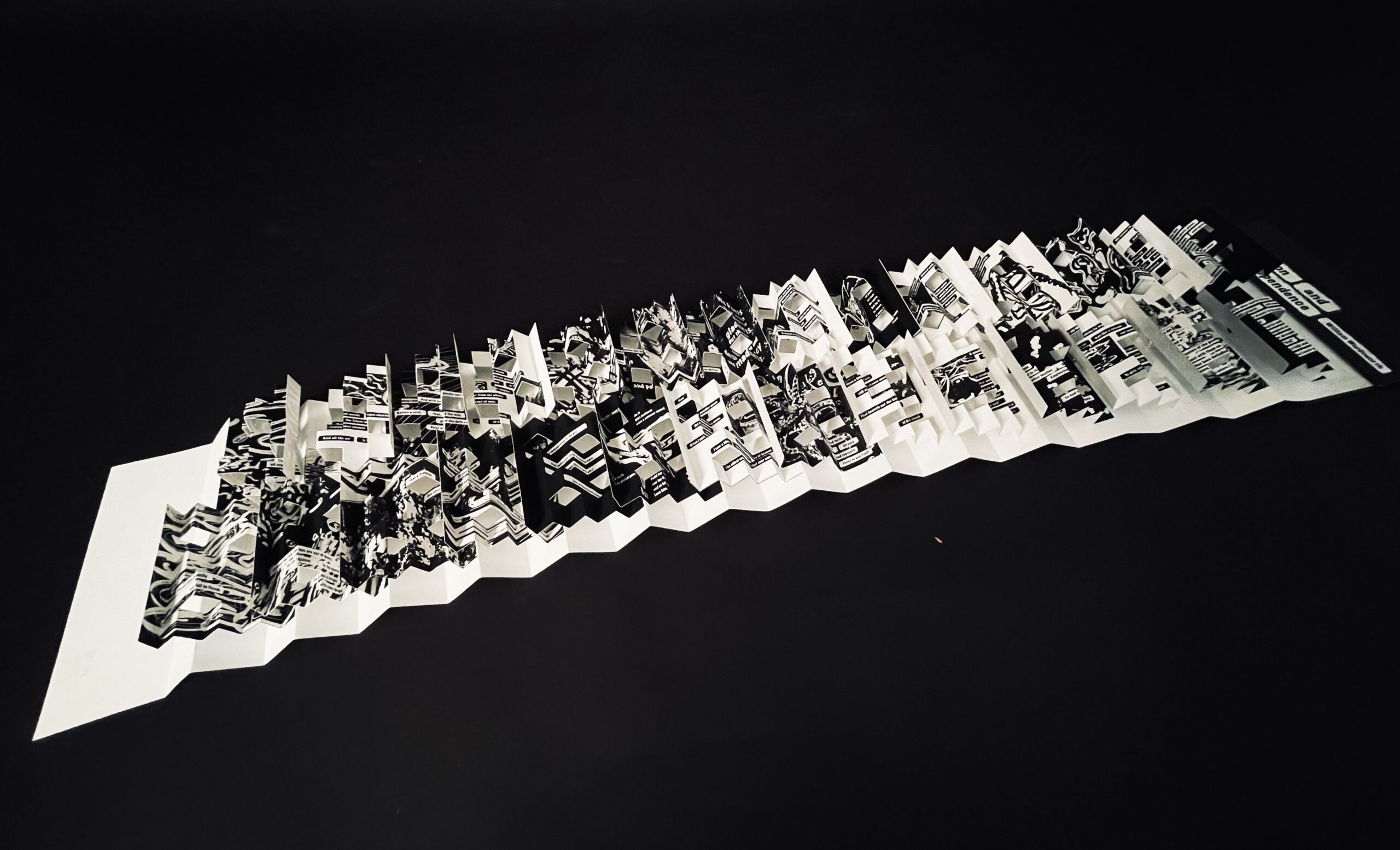Project 2 – Publishing Forms
1. Preliminary Thinking
Resolution and Independence was written by William Wordsworth in 1802. In the first to the third paragraph, the poet described some natural scenes which convey a positive feeling. But in the fourth to seventh paragraph, he fell into sorrow and confusion about the future. In the eighth to the end paragraph, the poet met an old man who collected leeches and was deeply touched by his tenacious spirit and then renewed his confidence in life. I found that there is a kind of emotional fluctuation in the poem, from positive to negative and then positive.


2. Reference and Metaphor
This kind of change made me think of a fragment from the movie EAT, PRAY, LOVE. The hostess sits in the ruins of Augusteum, looked around the vicissitudes of the architecture at the chaos it endured, and reassured “Maybe my life hasn’t been so chaotic, it’s just the world that is and the only real trap is getting attached to any of it. Ruin is a gift. Ruin is the road to transformation”. I think it is similar to the poet’s transformation that people cannot indulge in the past all the time but need to restart. And tribulation can also bring something that can be beneficial to us in the future.
http://ying.macd.work/wp-content/uploads/2021/08/RPReplay_Final1630094923.mov
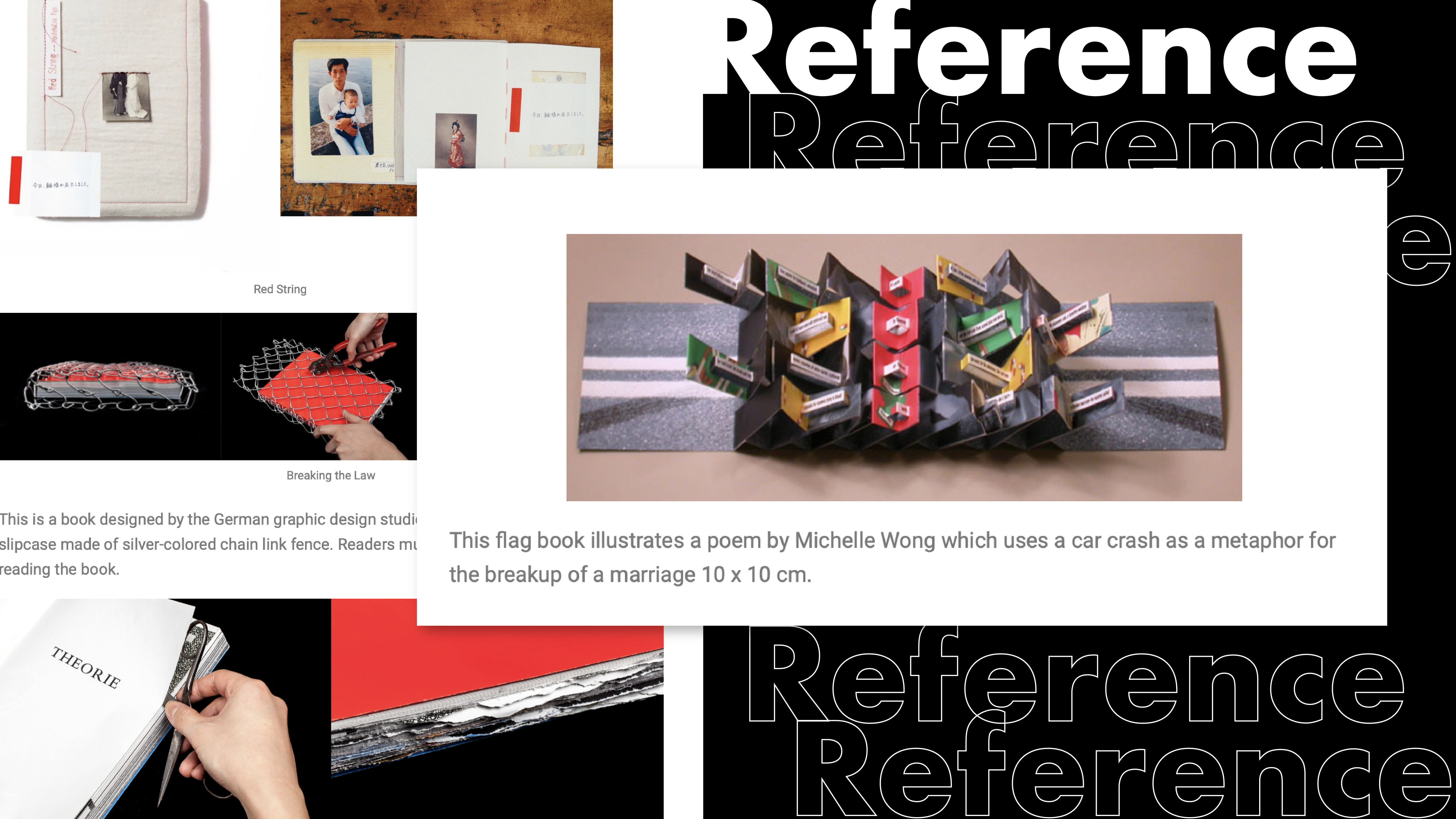
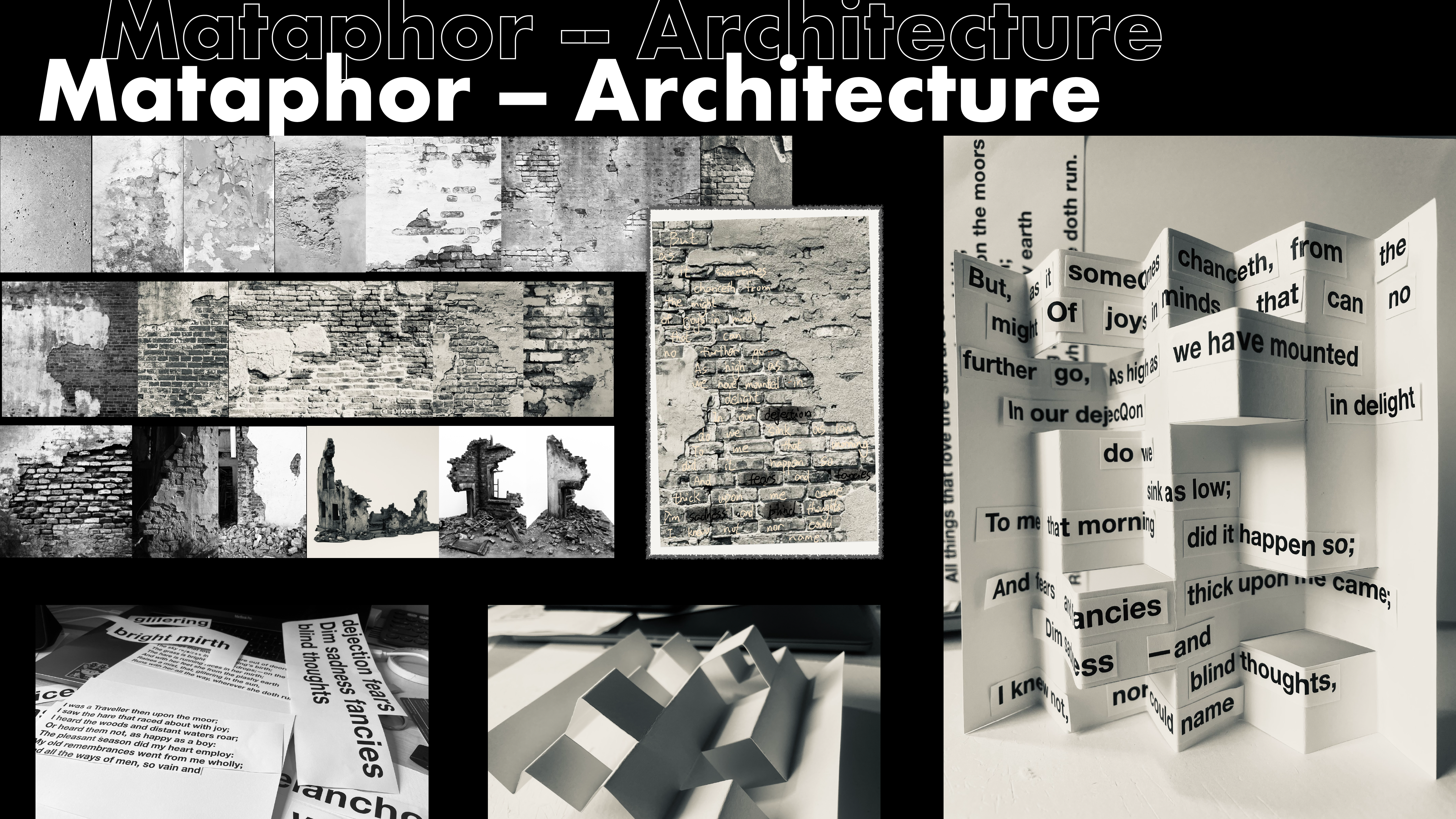
Through researching some interesting books, I had an understanding of the concept of metaphor. And I also want to apply ‘architecture’ as the metaphor in the poem of William Wordsworth. Time brings transformation into the architecture which is weathered, eroded, and even destroyed but still stands there. The words, sentences, paragraphs, and structure are like the elements of architecture that constitute the poetry together.
3. Understand the poetry again

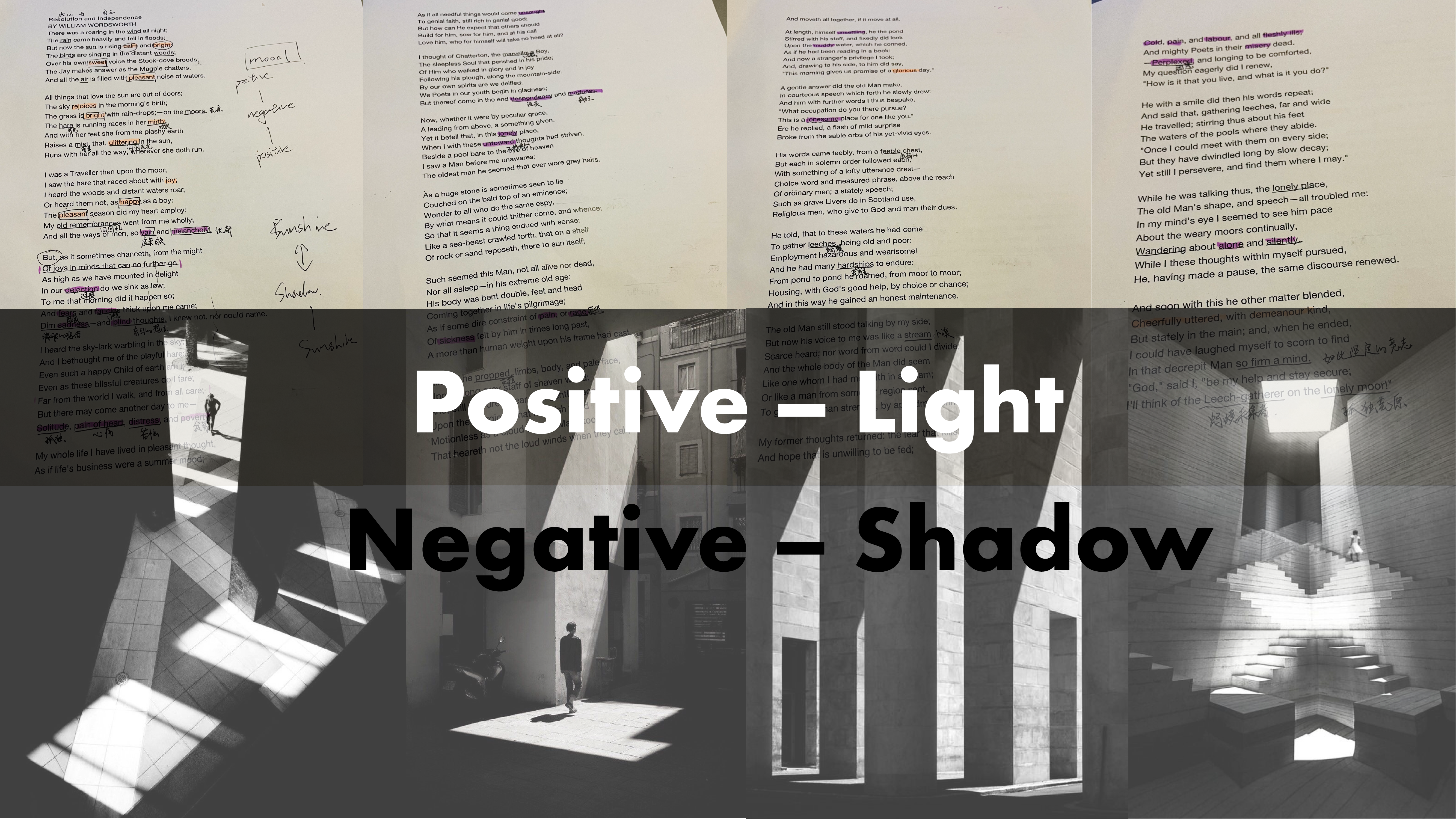
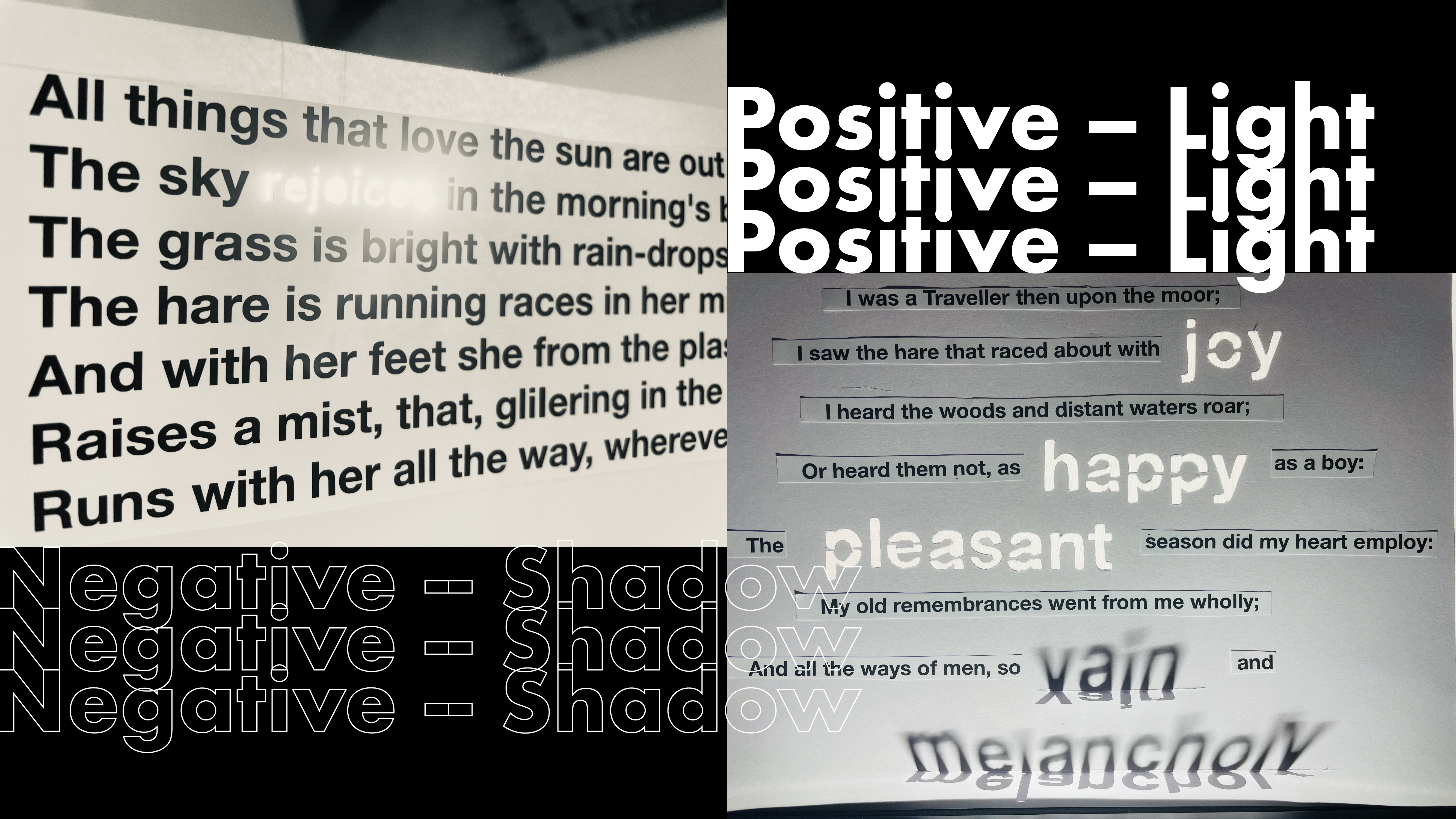
I marked some adjectives that represent positive and negative with different colors after learning how to interpret the poem. The relationship between light and shadow in architecture can also represent the antagonistic relationship between the negative and positive.
4. Visual Narration
The ancient portrait brick which printed various patterns and images on the surface is a kind of architectural decoration component. So I want to use this kind of form to visually narrate the scenes, moods, feelings that the poet described in the poem. And this component can be combined with other elements of the poem to convey the metaphor of ‘architecture’.
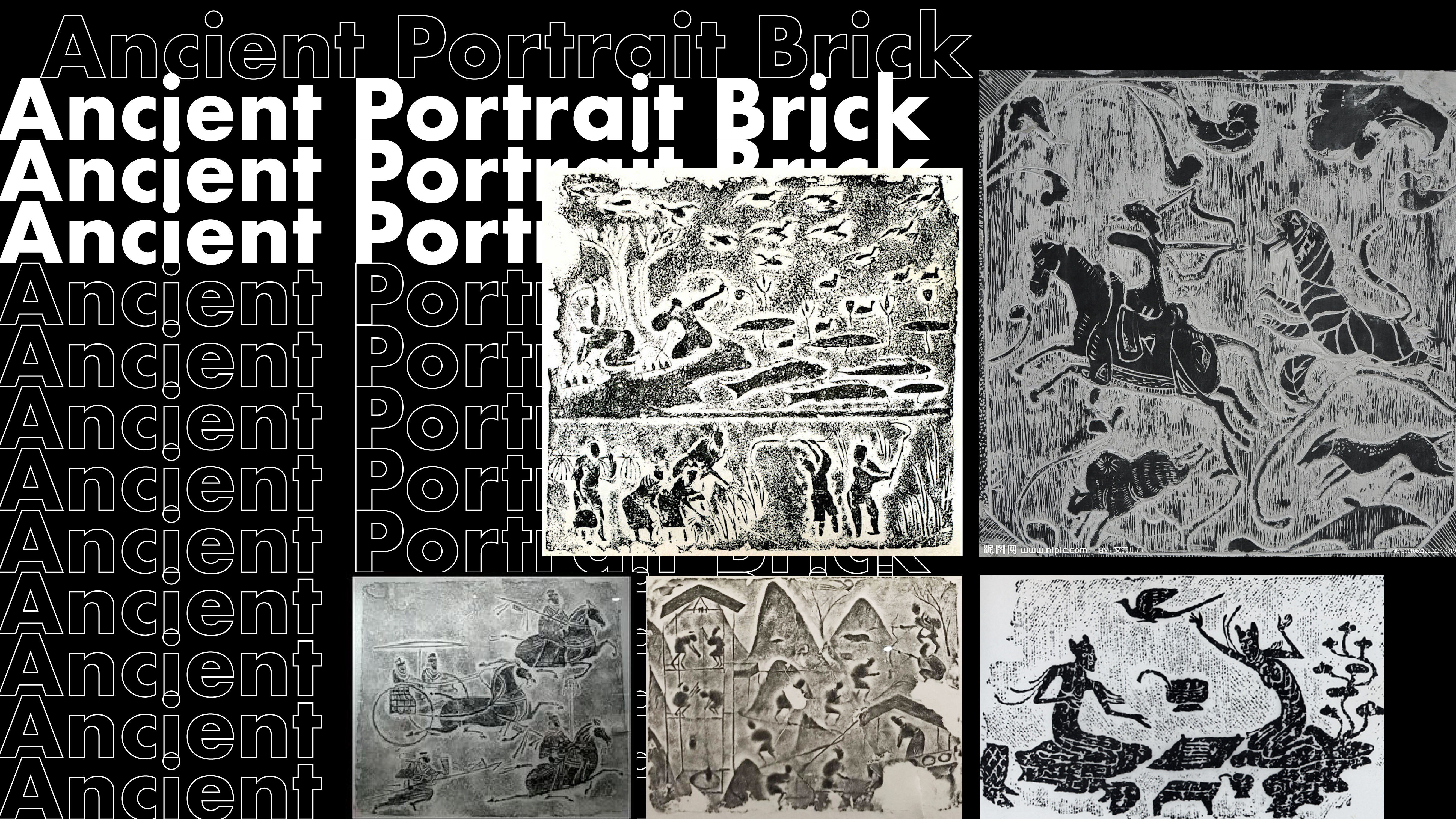
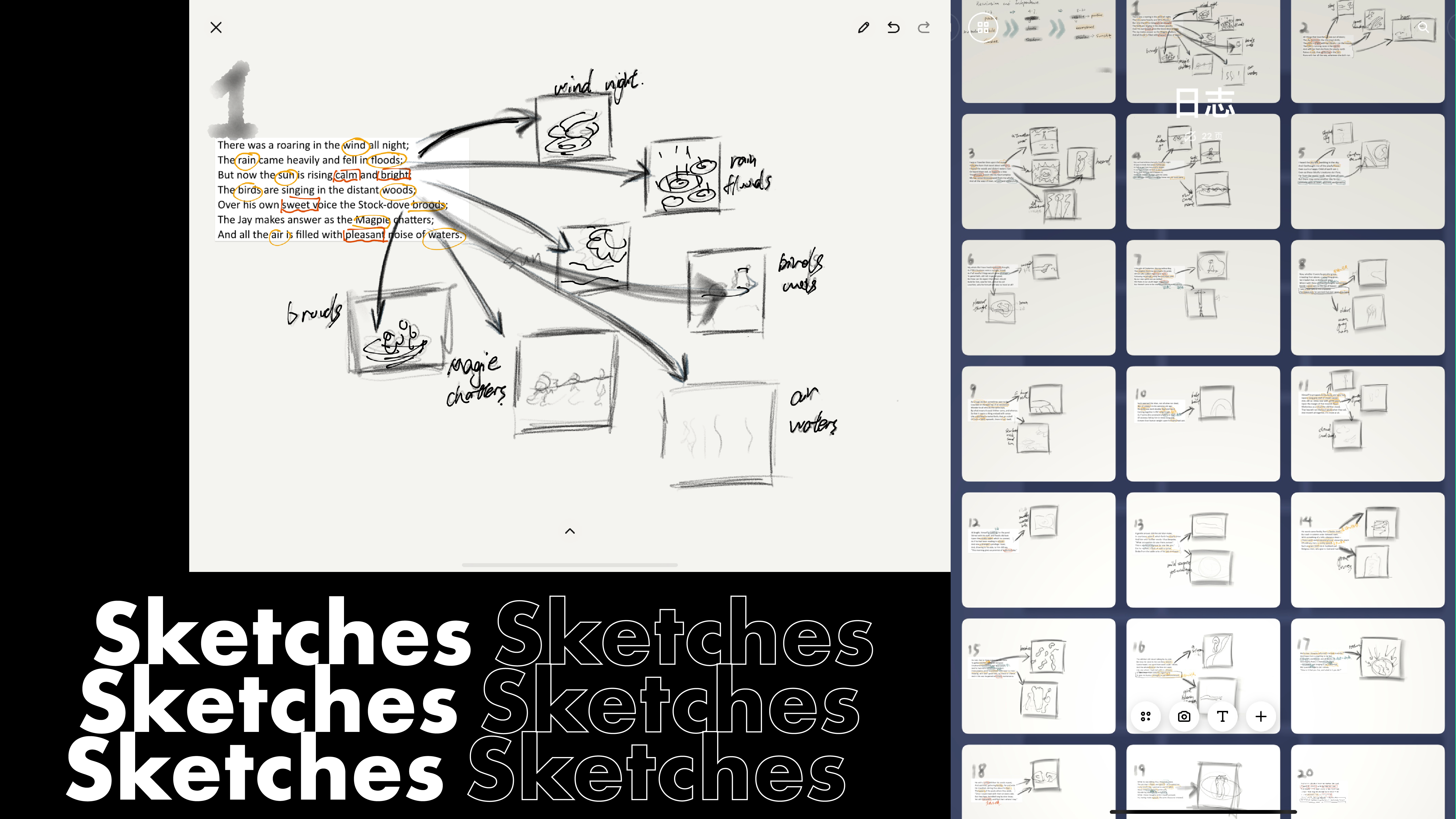
I draw some sketches through extracting the nouns, and combined with my understanding of the poem.
5. Illustration and Layout
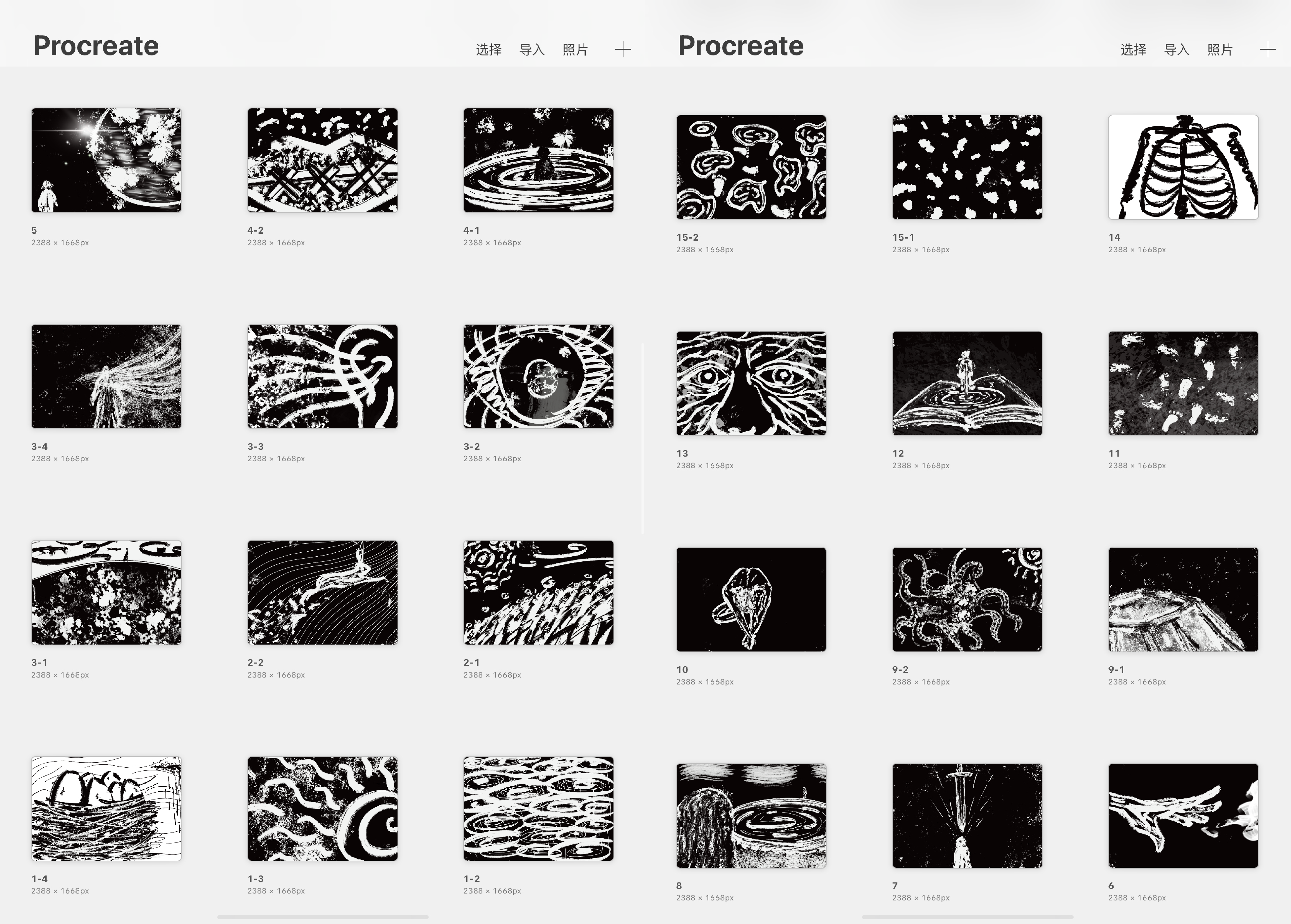
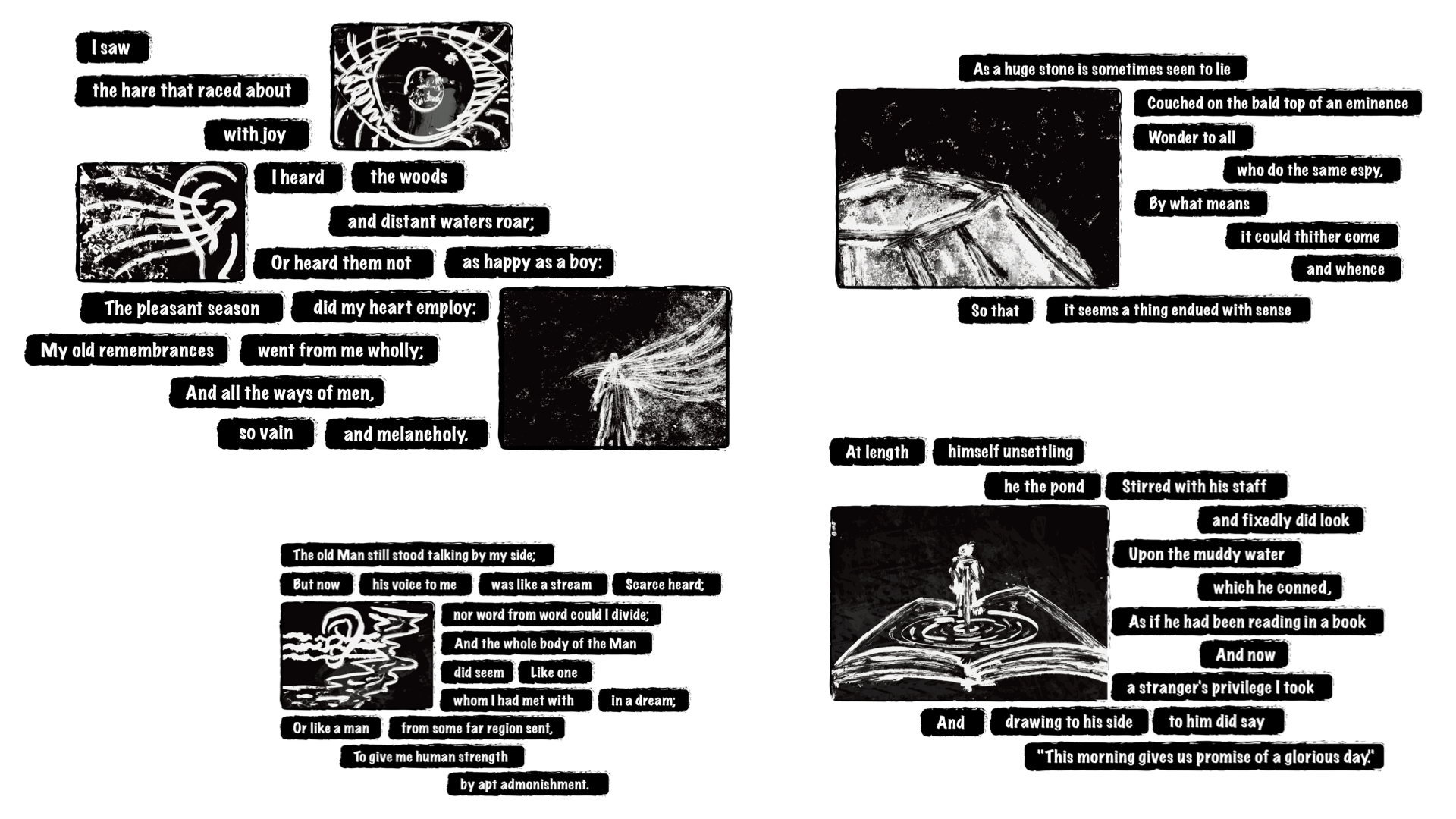
Layouting these elements according to the form of wall tiles.
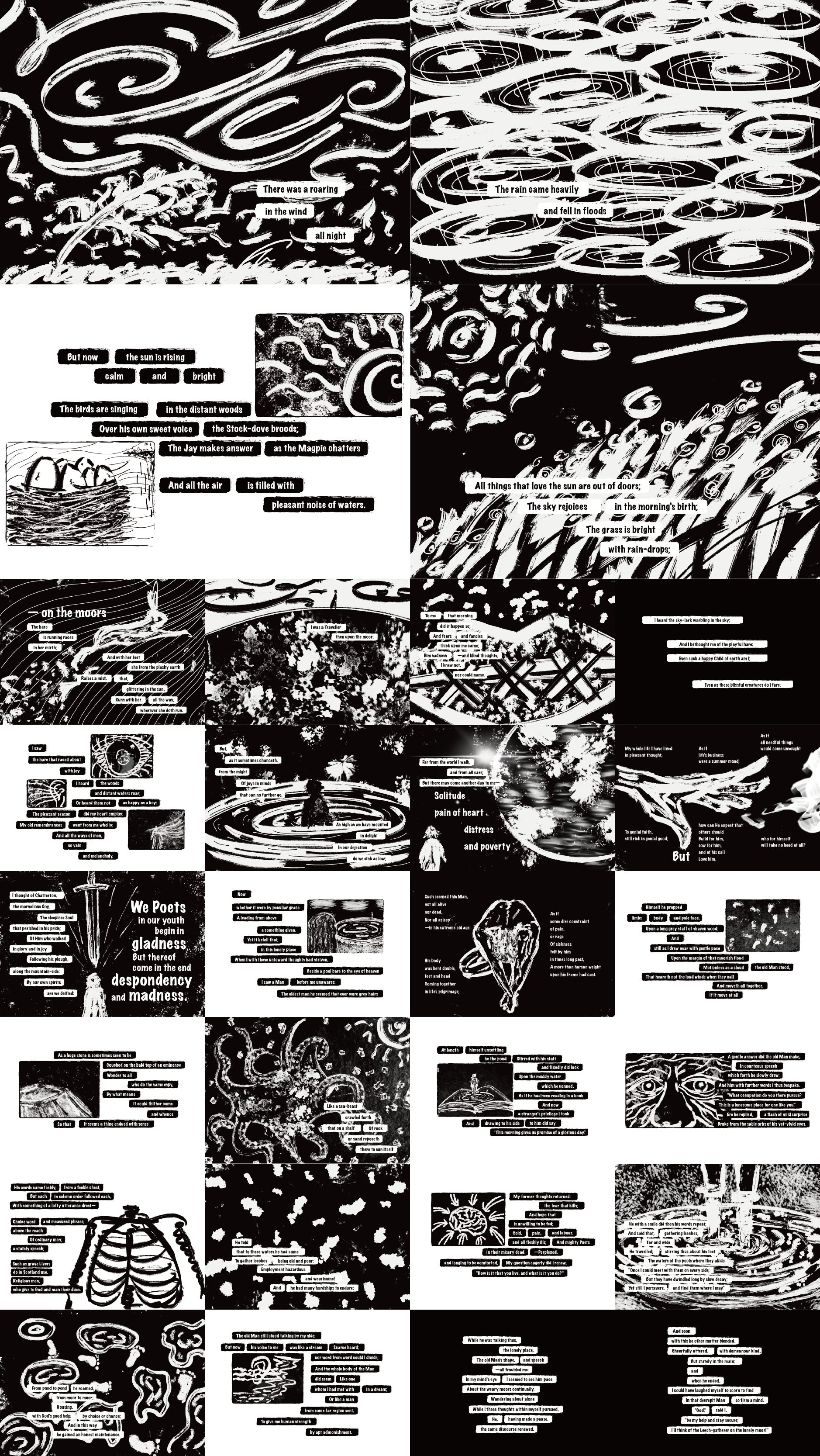
6. The process of Bookbinding
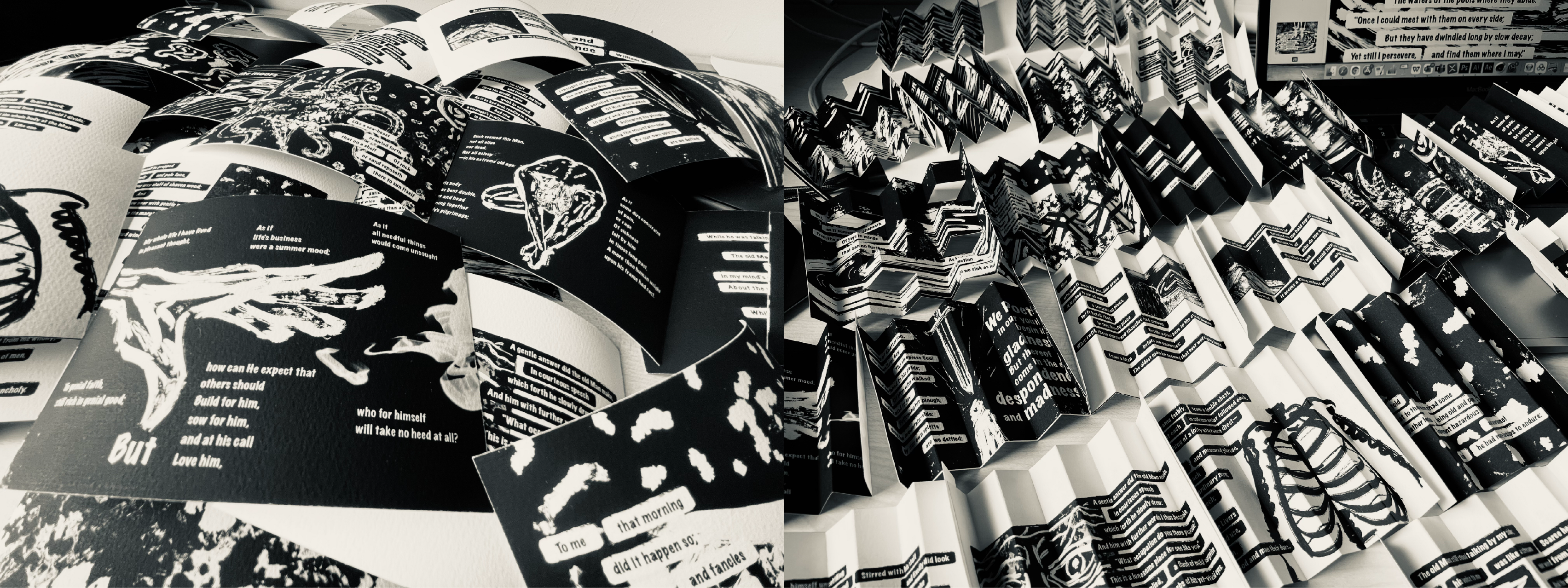
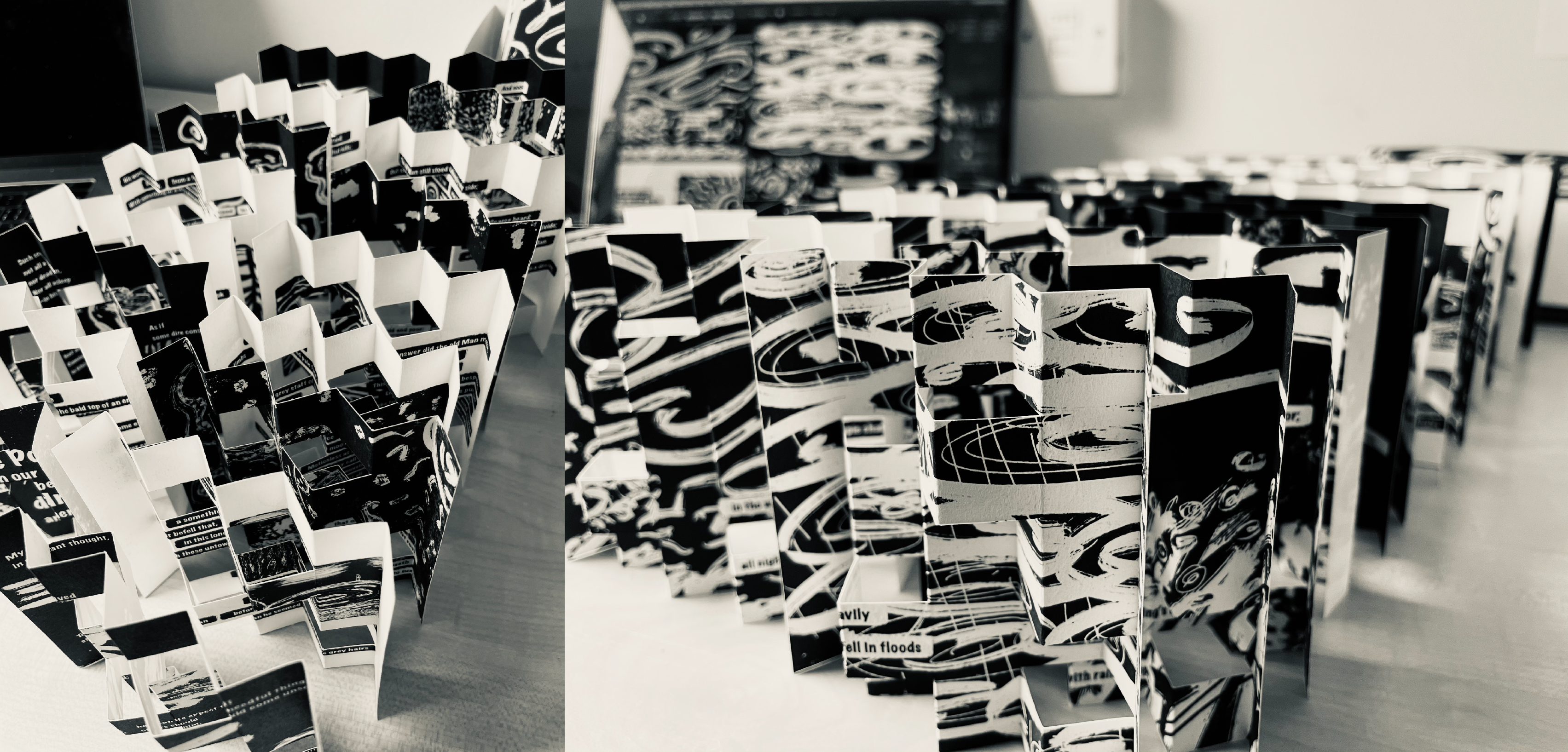
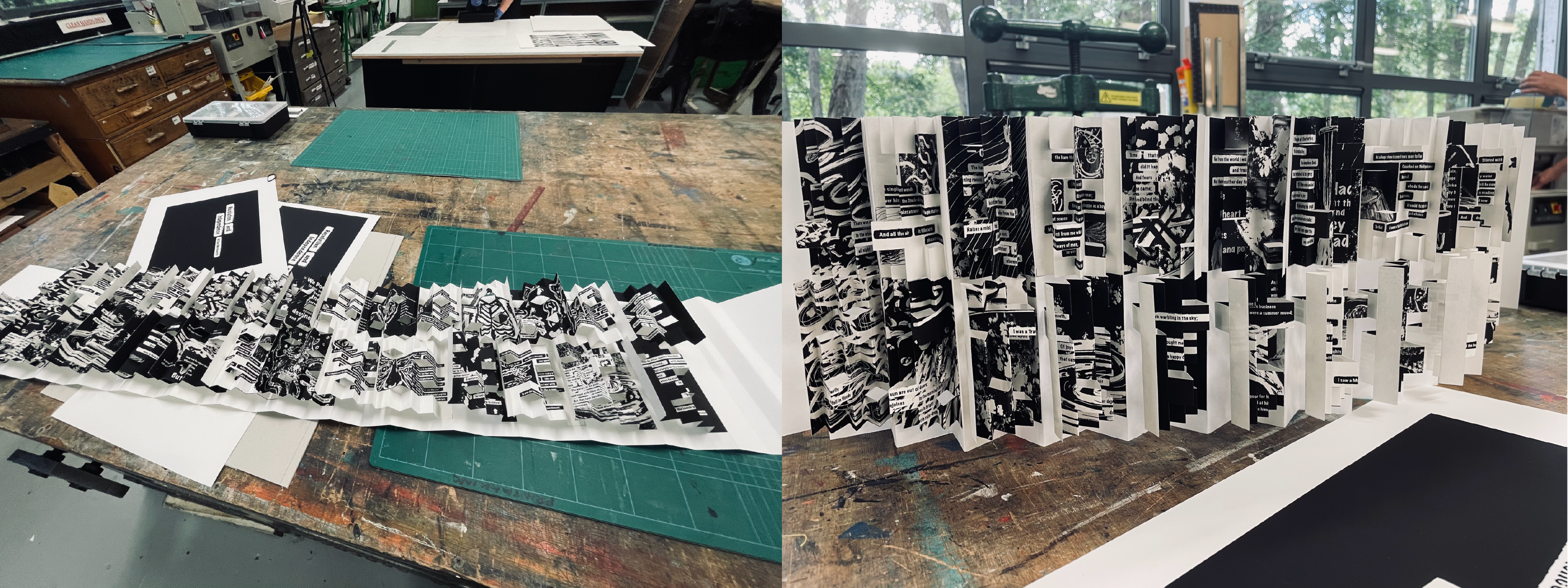

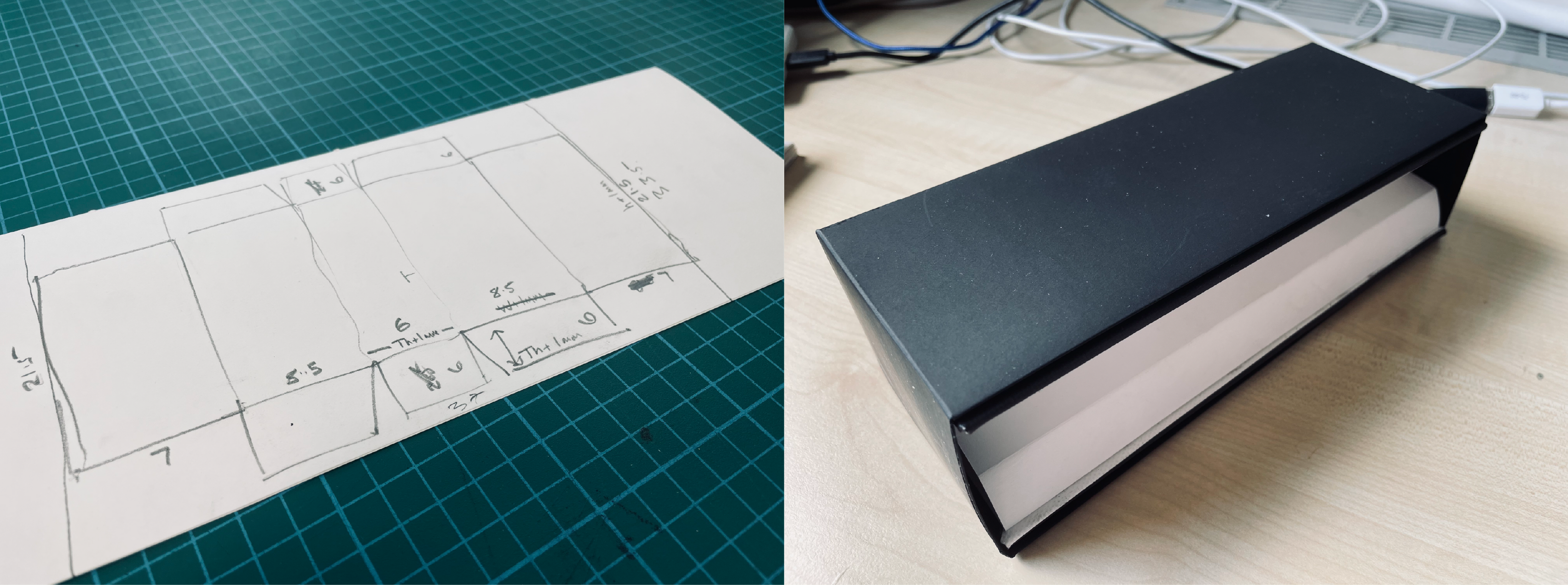
7. Photography
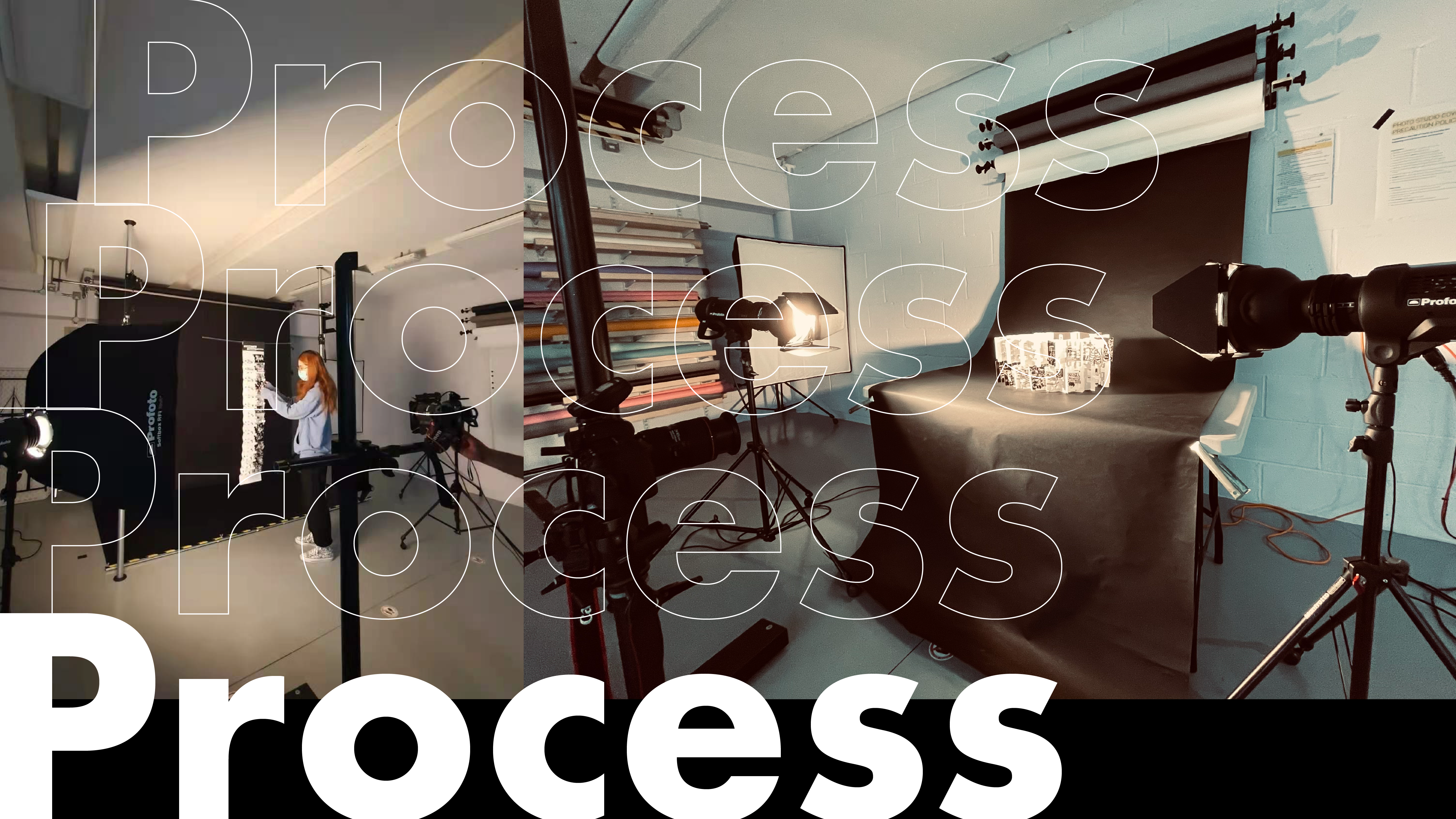
8. Final Outcome
